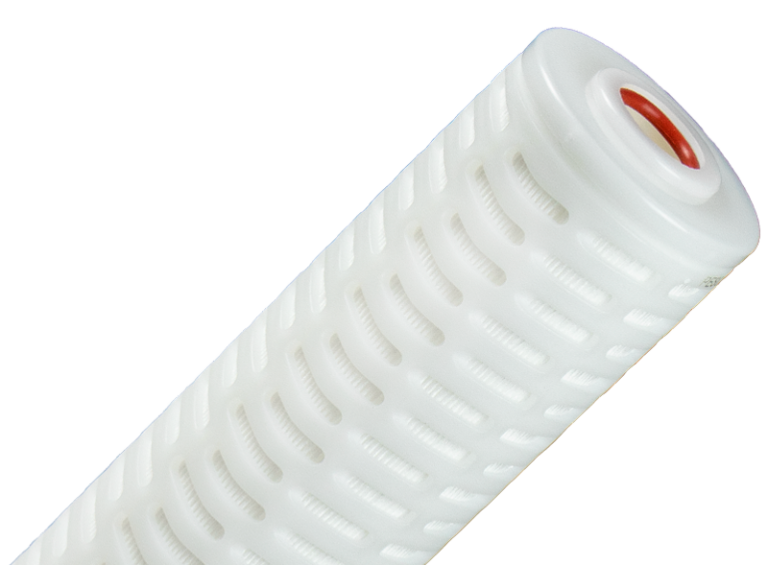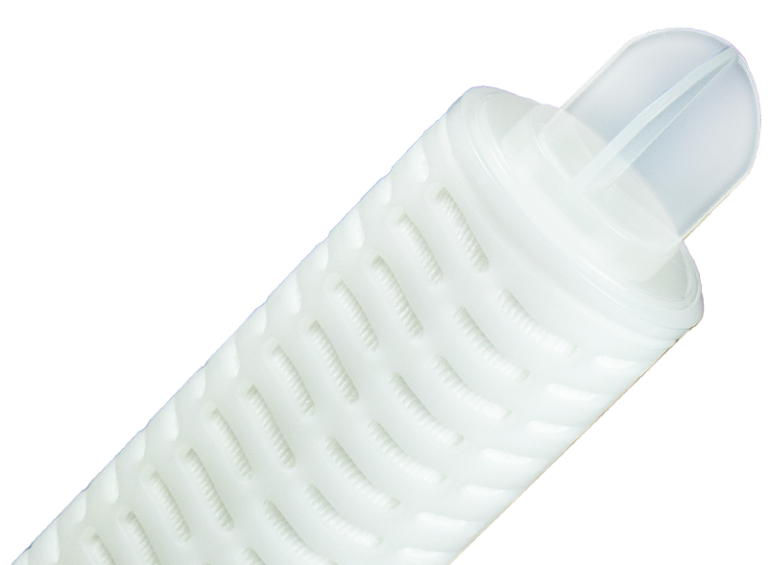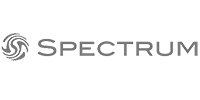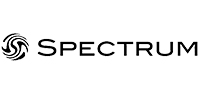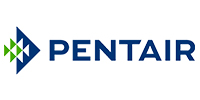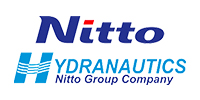Wine Diversity and How Filtration Can Prevent Contamination in Wine Production
There is such diversity in the market with so many different wine products. Sweetness, acidity, tannin, alcohol and body are the 5 basic characteristics that sommeliers will consider when describing and classifying a wine product. One of their bigger concerns is to replicate and retain these characteristics after bottling.
Wine making production processes could differ, to suit the variety of grape and/or the desired final result and characteristics. There is always one stage that should be consistent to reduce contamination risk, and this is the washing of the bottles.
Without suitable protection, wine bottling companies risk contamination that can spoil the flavour, taste and appearance of the final product.
It is very important for producers to make sure that they are not compromising at this final stage and the water used for the bottle rinsing process is free from potential spoilage organisms to maintain the safety and quality of the final product throughout its shelf life. Commonly, absolute rated 0.2µm filter cartridges are used for this purpose.
SPECTRUM Premier Pleat Polyethersulfone (PPPES) cartridges from Fileder Filter Systems provide bacteria retention rates in excess of log7 are the right choice for a host of applications requiring purified water.
The structure of the PPPES range, with its narrower initial pore structure, provides a perfect blend between a membrane cartridge with highly selective classification characteristics and one that ensures enhanced retention over time.
These membrane cartridges are used to reduce bacteria levels ensuring that the final wine product will reach the consumer in the same condition as when it was first produced throughout its shelf life.
Other products that can be used in this application are cartridges from the SPECTRUM Bubble Point range, which use highly asymmetric polyethersulfone media, and are critical for high load contaminant removal found in beverage applications.
Find out more about bioburden reduction filtration for stabilisation in the production of wine here.

